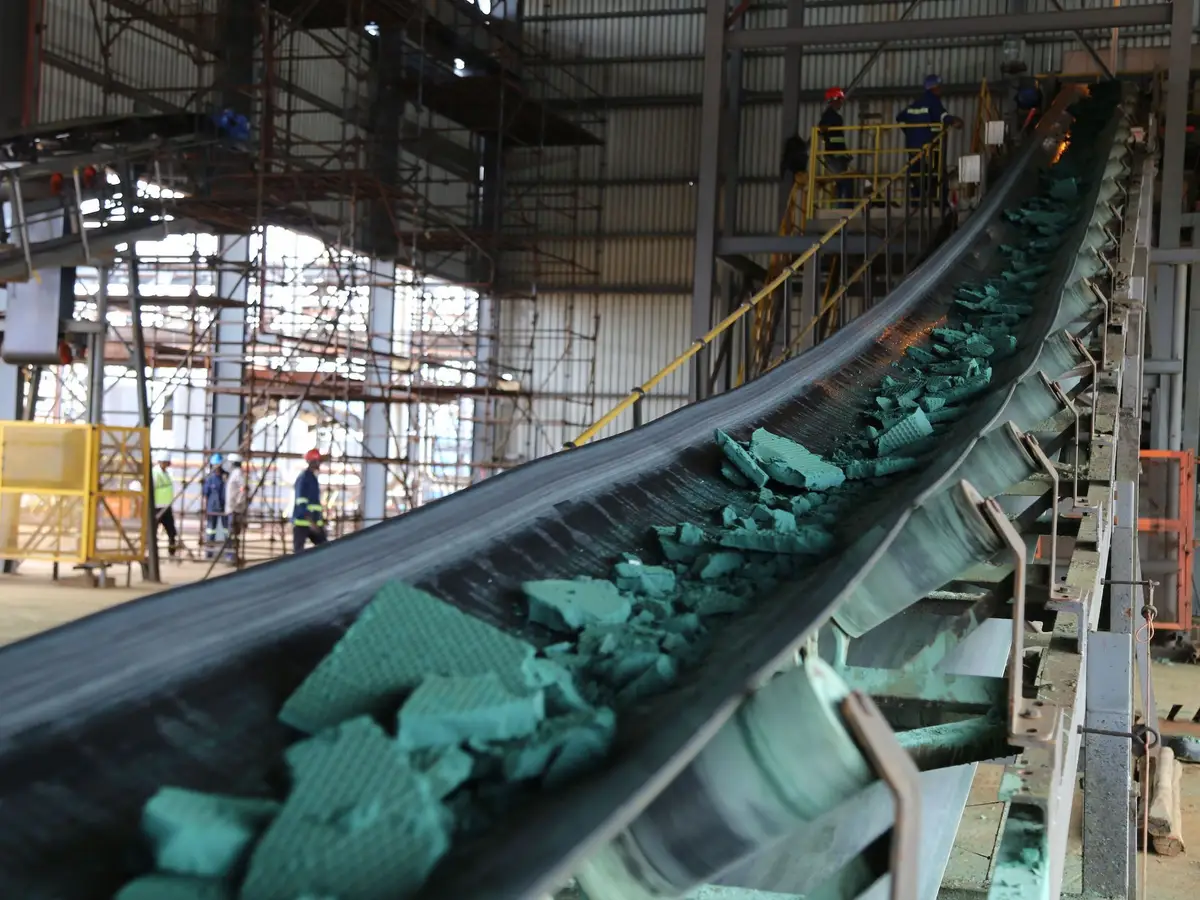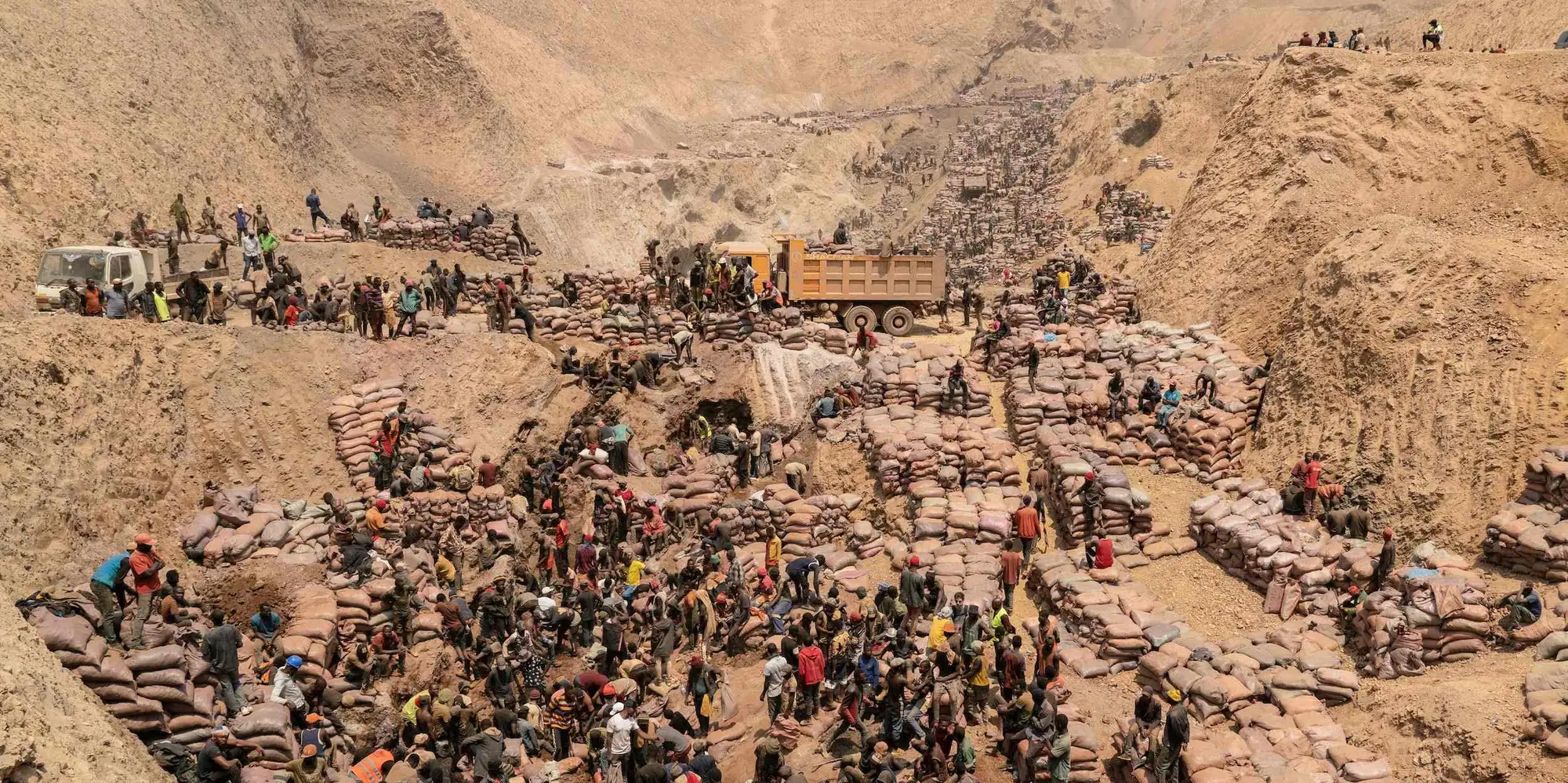Digging deeper into electric vehicles: The problem with mining for batteries.
On 6 October 2023

Credit: Insider
Silence.
Roads so silent that the local residents forget about the Sunday evening traffic rush was ever a thing - Now replaced with a silent background hum close by, clear skies further out, and an overall peace of mind knowing that you’re doing the right thing to help save the planet. This is the world promised by the pioneers of electric vehicles, Wasn’t it? And then, the alarm rings - An annoying, jarring sound that jolts you awake. As of right now, Electric vehicles do hold a lot of promise, and the field has seen leaps and bounds in recent years. But every coin has two sides, And while EVs do have their benefits, its not all sunshine and rainbows - Behind the sleek exteriors and luxurious interiors lie the heart of Electric vehicles: Their batteries. And these seemingly simple things may expose the hidden costs of our electric future.
Now, all things electric run on batteries - from TV Remote controls, to electric toothbrushes, to even some submarines. And electric vehicles are no exception - The only reason something like a car can function for miles on end without any other constant source of power is through a large Battery mounted near the bottom of the car. These usually are Lithium - ion batteries, which are extremely common in everyday life. These batteries use many metals, like lithium, cobalt, nickel, and manganese. But did you ever stop to think where these metals come from? The short answer: Mines. Mines that are anything but “green”.
Cobalt mining
Take The Democratic Republic of Congo (DRC) as an Example. Though most cobalt is produced as a by-product of the copper industry, It is by far the largest producer of cobalt globally, and also has the most significant cobalt reserves - producing around 70% of global supply right now. But this supply comes at a cost; One of severe human rights violations and Extreme exploitation.
Here, in The DRC, The same bedside alarm isn’t simply an annoyance; it’s a piercing cry of all the exploited workers, toiling in mines just to repay a dream - Not in currency, but with their sweat, tears, and sometimes, even their lives.
Use of Child labour has been confirmed by independant investigations. Children as young as 7 years old are made to tolerate horrible working conditions, with physical demand, long hours, and salaries that are anything but just. Safety precautions are virtually non-existent, And people of all ages have to bear the toxic nature of metal mines without any protection. Recent reports talk about miners succumbing to collapsing tunnels, without any medical aid.
For so many people, small informal mines are their only option to survive - and These small, informal, or artisanal mines, are where around 20% of the country’s cobalt comes from. And due to their informal nature, they often few to no safety precautions.
And yet, What option do these people have? Though they only get paid around 3 dollars a day for their hard work, They have no other choice: Where can they find another job, in a country where more than 65% of the population is in poverty? Chances are that the people who actually do the mining for our batteries have never even heard of Electric vehicles, let alone how their efforts contribute to them. Not like it would matter, anyway. According to one such miner, he is given just two small bread rolls and a carton of juice for lunch - The only meal he can afford the whole day. He has to share a one-person room with three, and he goes to sleep uncomfortable and on an empty stomach.
“The relationship between us and the [mine] is like a slave and a master,” - A miner in The DRC, The guardian

Credit: Insider
Lithium mining
Move over a continent, and we see the same thing happening over another metal crucial for lithium-ion Batteries - Lithium. Particularly in the countries of Argentina, Bolivia, and Chile, - Three countries that produce more than half the world supply. These ‘White Gold’ mines come with their own challenges.
Here, the same bedtime alarm is seen by lots of people simply as a reminder of the immense work they have later on that day: having to trek for miles on end just to access safe drinking water, having to be wary of the very soil they live on, all while watching their historic lands be destroyed for the sake of someone else’s dream.
First off, mining lithium needs water - loads of water. Approximately 2.2 million litres of water is needed to produce one ton of lithium. Chile and Argentina are already dry countries, and this mining not only puts more strain on their already scarce water resources, It even contaminates local water systems, threatening the supply of local communities, as well as the local flora and fauna. Lithium really falls under the same umbrella as Fossil Fuels in the sense that it is a non renewable resource - Nobody knows how long it’ll last, But its certain that it won’t be long enough.
And that’s not all. In the United States, 79 percent of known lithium deposits are located within 35 miles of Native American reservations. Just like in the case of the people living around the Maricunga salt flat in Chile, This leads to tensions between communities. And who knows what’ll be the next escalation?
Lithium extraction inevitably harms the soil and causes air contamination - Friends Of Earth report
And on top of this, Lithium mining also uses a lot of land, as shown in this picture:

Credit: Euronews
What can we do?
- Government oversight: Governments must intervene to prevent any further human rights violations in the mining industry.
- Ethical sourcing: those who actually use these metals need to do their due diligence and make sure that their sources mine materials fairly and ethically. For example, Apple has already cut ties with some Chinese companies accused of human rights abuses in The DRC
- Innovation: We need to find more efficient, cheaper, and greener ways to make the batteries we need. For example, recent progress in the development of sodium-ion and hydrogen fuel cell batteries are very promising, Replacing the hard-to-get metals with the much more available and inexpensive materials
- Recycling: Old batteries are a fantastic source of materials for newer ones.
- Public Awareness: And most importantly, We as consumers need to be aware of these issues, and we need to be ready to question the process behind the things we buy.
Of course, fixing a problem of this scale is no easy feat, and the alternatives are still no where near as well researched and easy to mass produce as lithium-ion batteries. But every small step matters - And getting started is a big one.
Sources:
- Poverty rates: Our world in data
- Lithium mining impacts: Friends Of Earth
- The Guardian article/interview with cobalt miner
- Euronews article